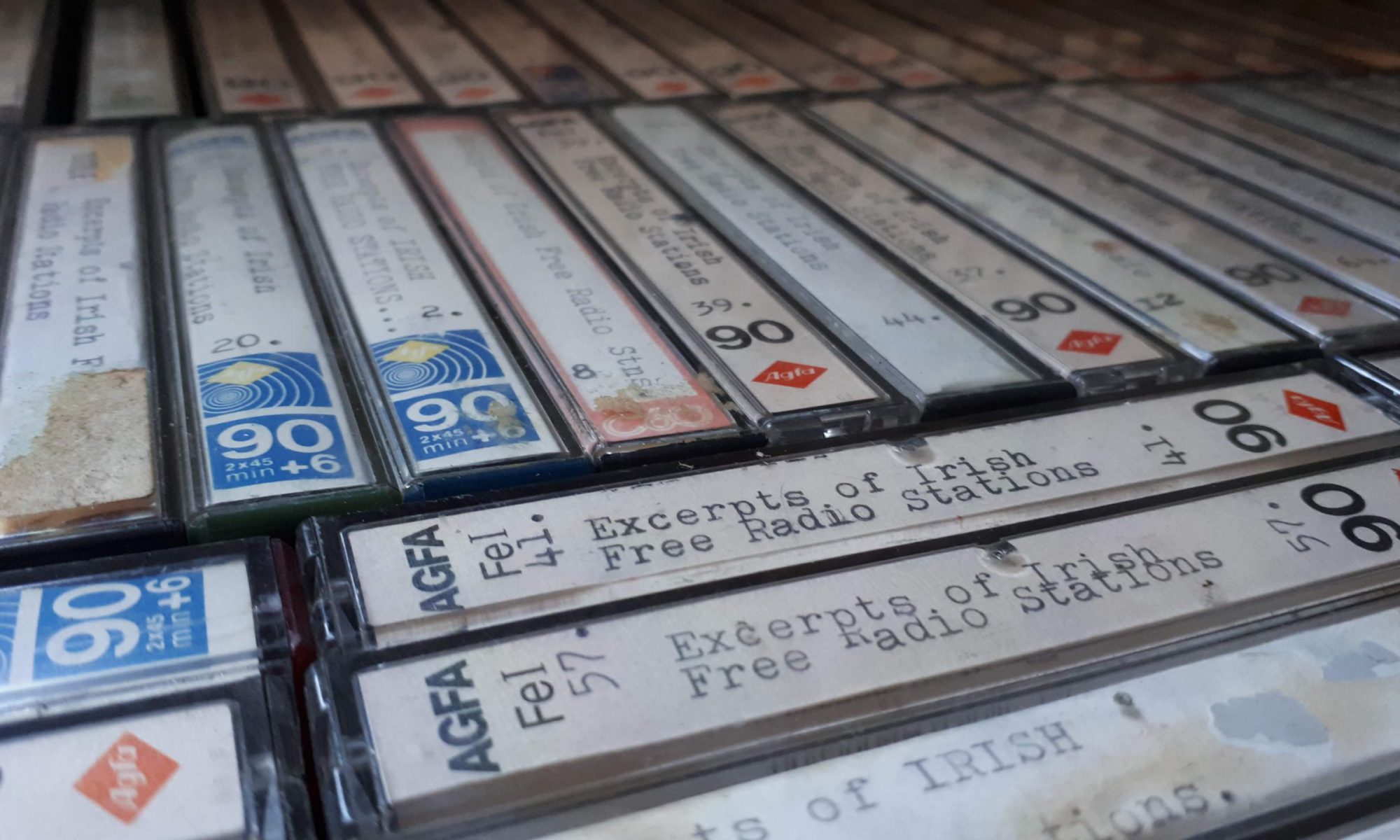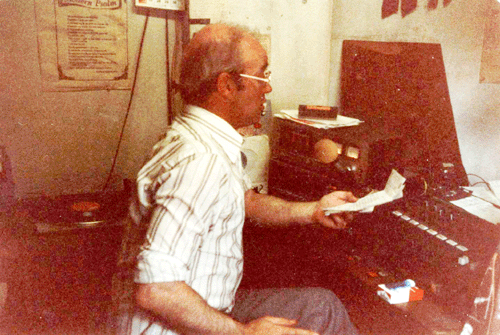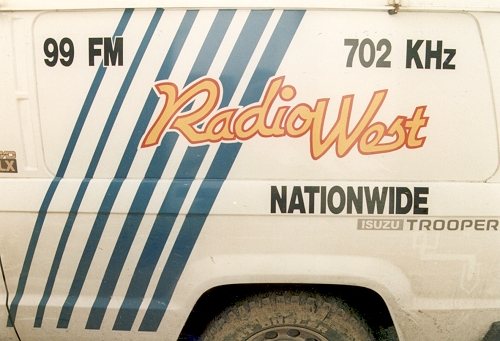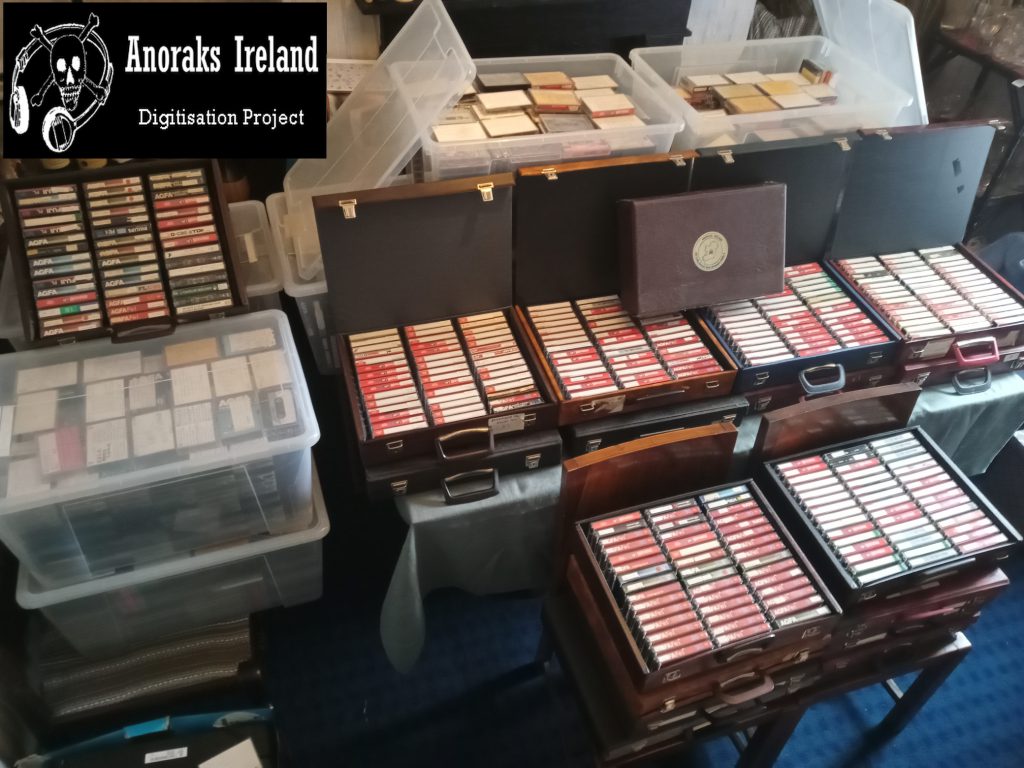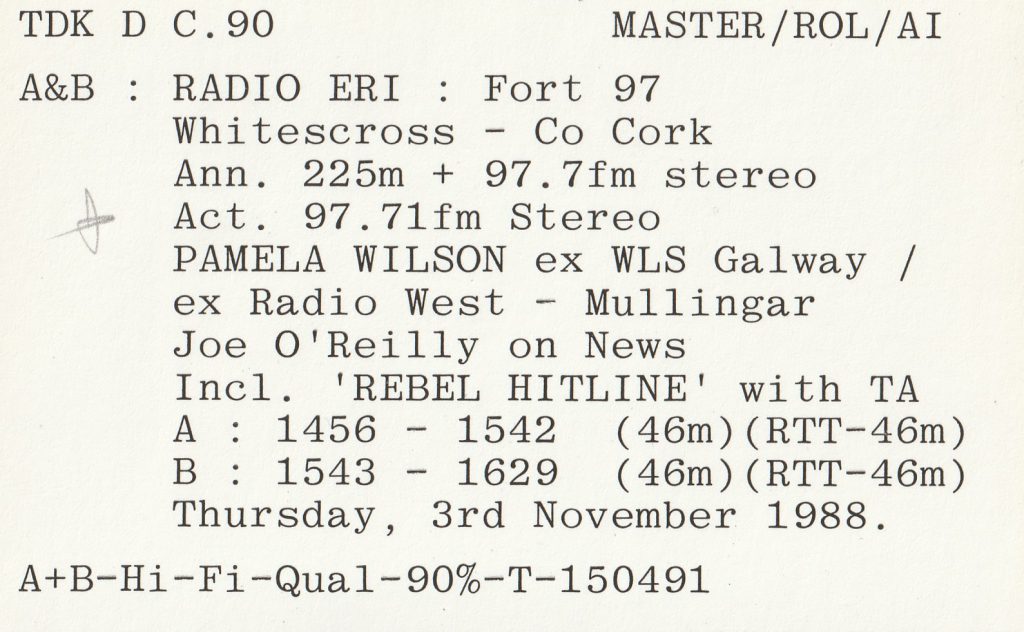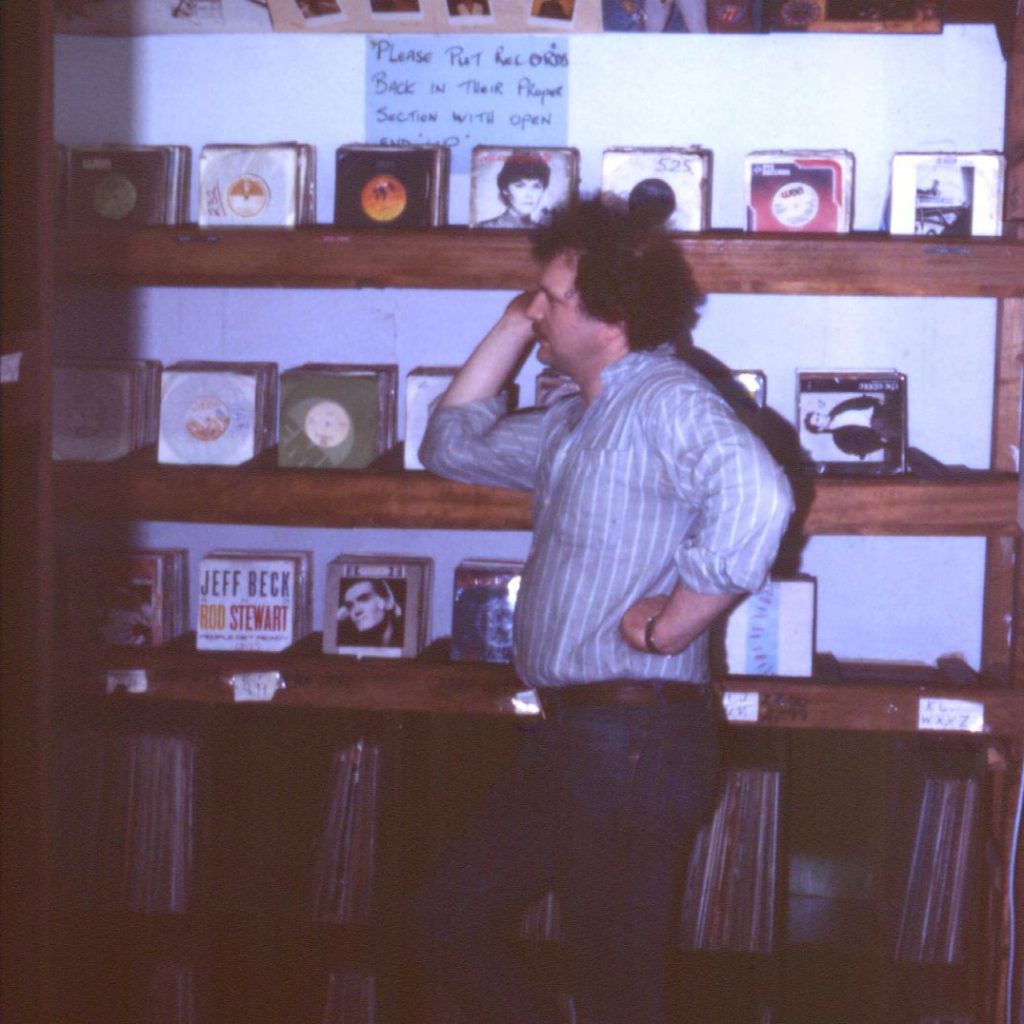Podcast: Play in new window | Download

When it closed just before Christmas in 1988, Raidió Luimní brought ten unique and memorable years of broadcasting to a close. While many Limerick stations came and went, Raidió Luimní was a constant presence in the city throughout the pirate era and had a huge following due largely to the unconventional style of its owner, John ‘the Man’ Frawley. It also had listeners well beyond Limerick city, thanks to an efficient Irish-made transmitter on 1125 kHz.
The station closed down a week earlier than other the pirates at the end of 1988, leaving the air at 0130 on Christmas Eve. This recording is of the final half-hour of the station with Alf de Lacy who says a long goodbye to Raidió Luimní listeners and staff and even thanks local Gardaí for their hard work over Christmas! A few bars of Denis Allen’s song ‘Limerick, You’re a Lady’ are played and then the national anthem brings Raidió Luimní to the end of its colourful life.
The recording was made from 103 FM from 0100-0130 on 24th December 1988. We thank John Breslin for the donation. You can listen here to John the Man’s final show.
A comprehensive overview of the 1988 closedowns is available on the Radiowaves site.
